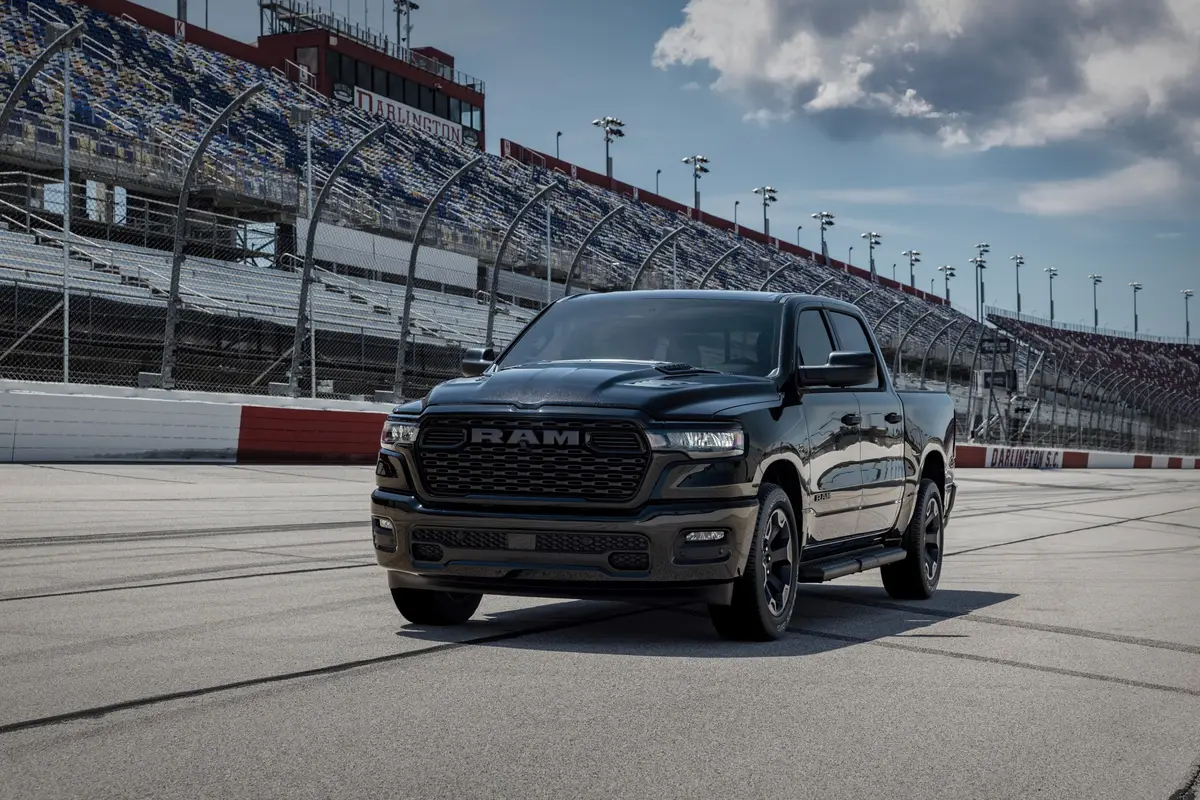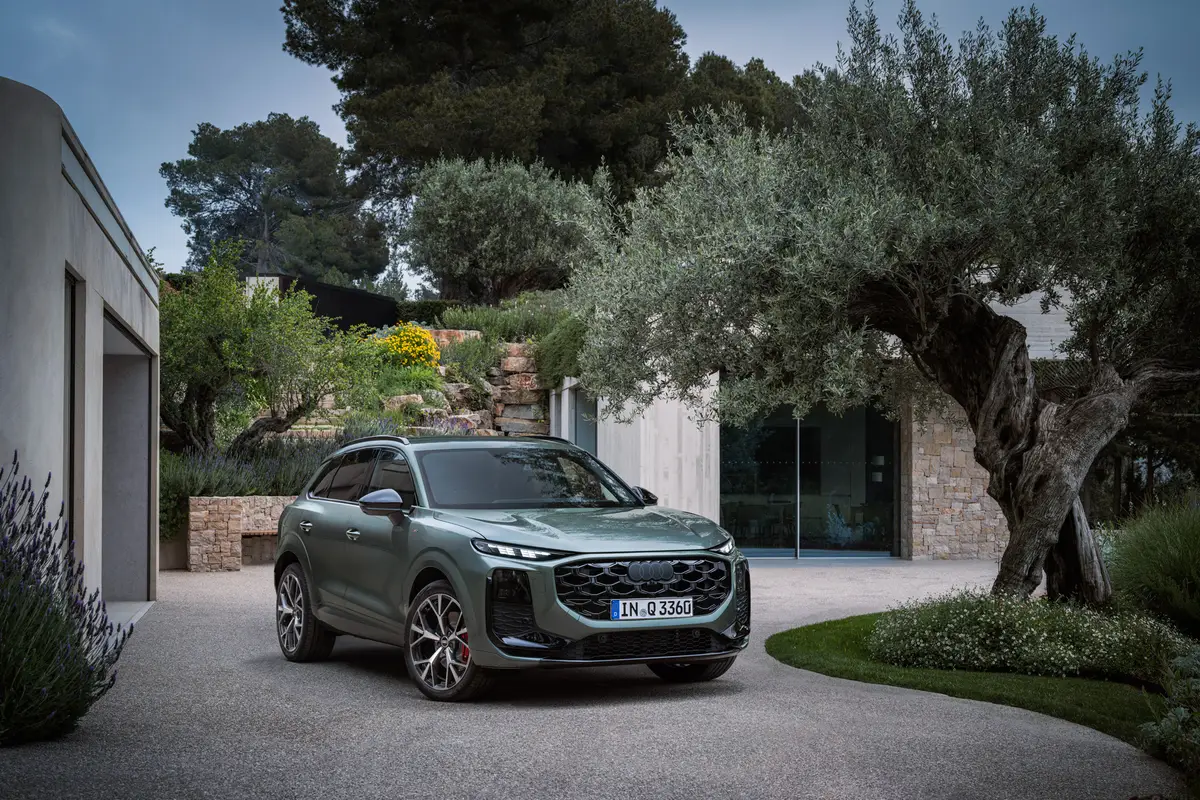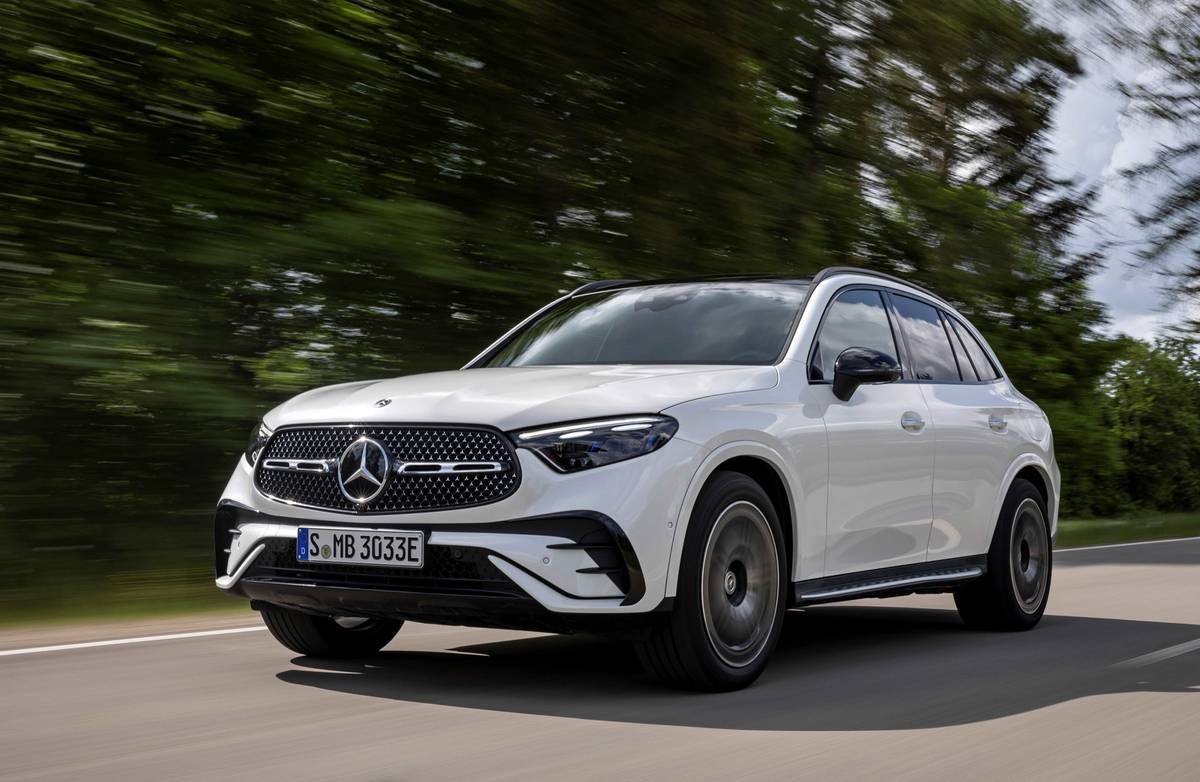IndyStar.com's view
It seems as though everybody is getting into the “sport” vehicle business these days.
Subaru, not to be left on the starting grid, joins the fray with a 1997 Impreza Outback Sport Wagon.
As Subaru’s newest offering in the sport-wagon class, this vehicle comes with some different marketing goals in mind and some different design features.
“They are going after a little more active person,” said Ron Vanags, vice president and general manager of Speedway Subaru. “It’s designed for younger people who want something like a car but still want the utility of a van or truck with all-wheel drive.”
On the design front, the biggest difference is Subaru’s horizontally opposed four-cylinder engine
Subaru was a pioneer on the American market about 25 years ago with a wagon that used a horizontally opposed “boxer” type engine that functioned in conjunction with four-wheel drive. The concept is retained today, but in a much more sophisticated form.
Subaru’s all-wheel drive and flat-4 are standard fare for the Outback Sport, and gives the wagon all-season-go- anywhere capabilities.
The Sport has received new exterior styling cues, new interior styling, more power for improved performance, and a new 12-volt power cargo outlet.
The Sport is based upon a shortened Subaru Legacy chassis. Engineering dropped the wheelbase from the Legacy’s 103.5 inches down to 99.2 inches. Overall length has been shortened to 172.2 inches from the Legacy Wagon’s 185.8 inches.
This knocks off more than 300 pounds from the Legacy chassis, with the Sport weighing in at 2,835 pounds in five- speed manual transmission form. If you want an automatic, the weight goes up to 2,9l5 pounds.
This lighter weight produces some performance pizzaz, with the vehicle’s 2.2-liter (136-cubic-inch) flat-4 developing 137- horsepower and 145 foot-pound of torque. The single overhead cam, 16-valve, boxer-style engine has its own gutty little roar, letting you know that it’s ready to zip through the snow or up the side of the mountain.
How quickly you want to zip depends upon whether you’re running a manual gearbox or an automatic. Of interest is that, while most everything today is going automatic, Subaru’s five-speed is still finding favor.
“I’d say it’s just about 50/50,” Vanags said.
I’d say the automatic will be a little easier to drive in hazardous going. The Sport will be a hard vehicle to bog down, for its standard equipment is 205/60 SR 15 all-season radial tires and 6-by-15-inch wheels. This 15-inch rubber gets a good bite on slippery surfaces to keep everything moving forward.
Generally speaking, wagons come in all forms and shapes. It is not easy to style aerodynamic lines around a compact vehicle without sacrificing interior space.
On balance, I would say the Sport represents a pretty slick styling job. A new front hood, hood scoop, grille, bumper and spoiler create curving frontal lines that blend in with the rear end.
Bearing an EPA classification of small statio n wagon, the Sport is a five-passenger vehicle that has a respectable 43.1 inches of legroom in front. Like all small vehicles on a short wheelbase, rear seat legroom is somewhat restricted. It has 32.4 inches available in the back, and the cabin space offers 85 cubic feet of passenger volume.
For a compact, the Sport has a wide range of standard support equipment and convenience items, like air, stereo, power accessories, defoggers, tilt steering column, intermittent front and rear wipers, a vanity mirror, storage bins, cup holders, and dual airbags.
Options are limited to a CD player, cruise control, alloy wheels and a rear spoiler.
All this is generally the province of some fairly expensive automobiles, but with the Sport, it’s included in the five-speed $17,995 sticker price. The automatic increases the price by $800.
Latest news



